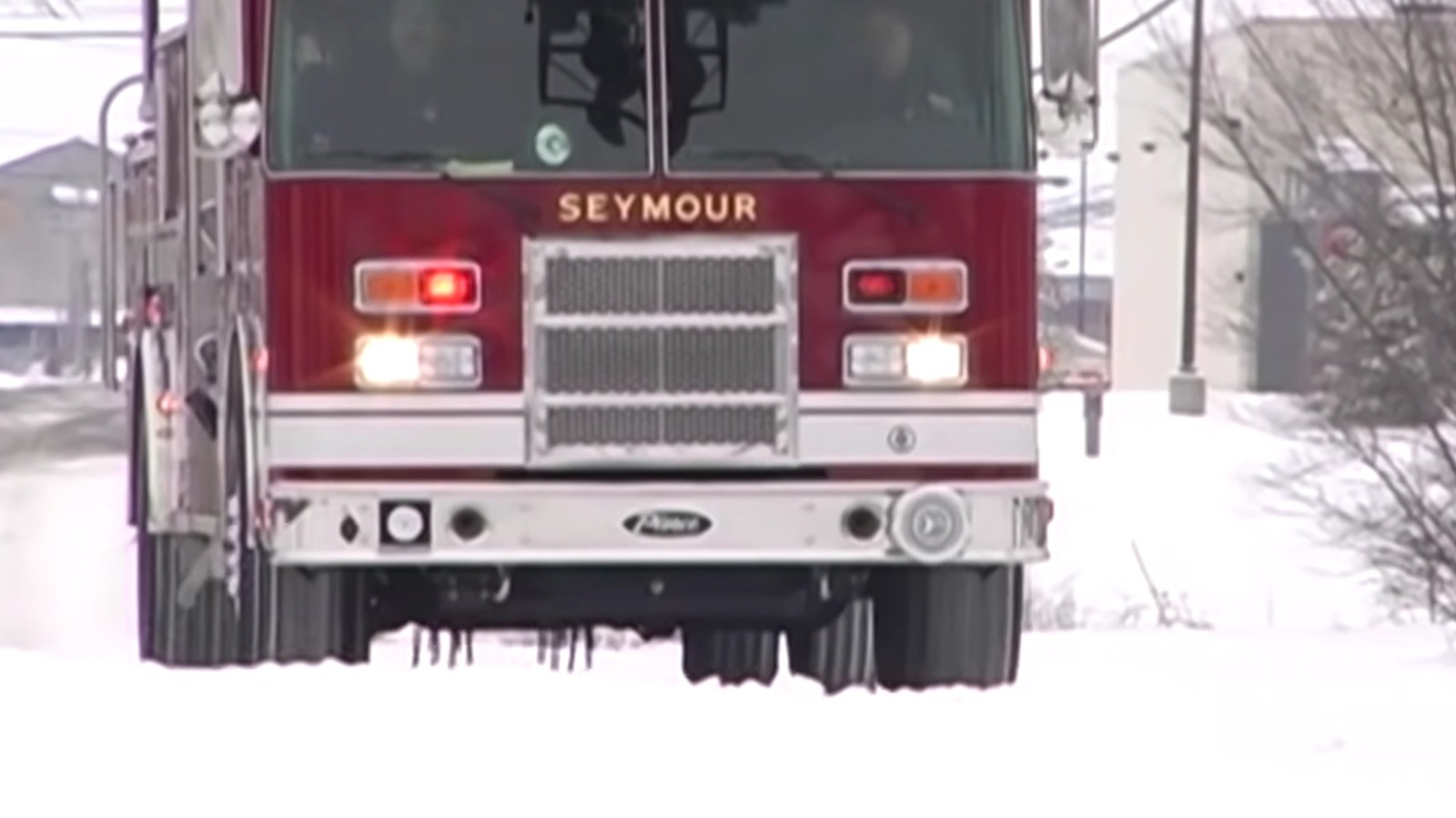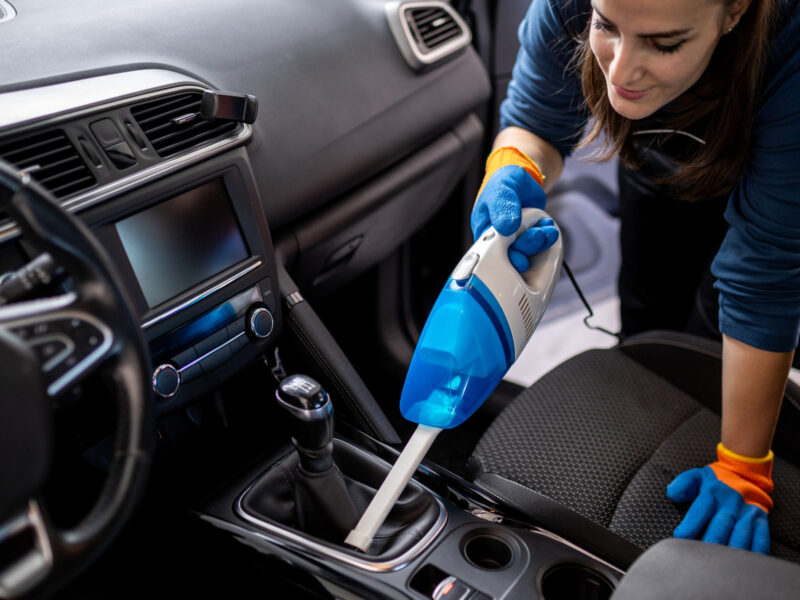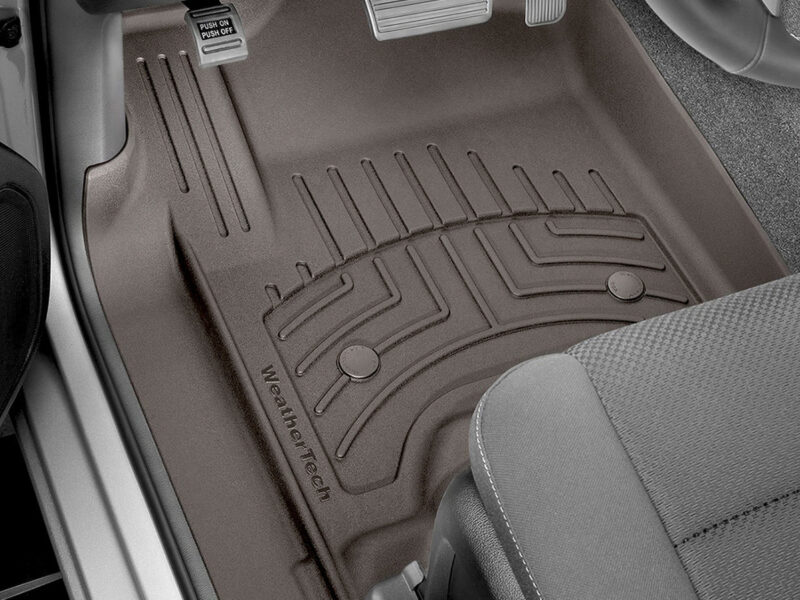&# 13;
&# 13;
&# 13;
&# 13;
&# 13;
When it snows and the roads obtain icy, daily individuals have to put tire chains on their automobiles. If they’re unlucky, they wind up seeing when it’s far too late and need to go through the hassle of pulling off to the side of the road to place them on when it’s virtually too cool to work. Those chains offer a car better grip so the tires don’t rotate in position and the cars and truck stops when meant. It’s a severe driving danger to drive in icy conditions without tire chains.
Ad
Yet it’s not just noncombatant automobiles that require tire chains. If you live where it gets to freezing temperatures, you’ve most likely noticed some chains hanging from a fire engine or ambulance’s undercarriage. Just as when a fire truck beeps three times, whatever has a reason, and those dangling chains offer the same function as traditional tire chains. Unlike conventional tire chains, nonetheless, firefighters and paramedics don’t need to leave their lorries to wrap them around their tires. It’s an automatic system that’s involved with the basic press of a button on the control panel, as simple as flipping on the alarms.
That can actually indicate the distinction between life and death for somebody in an emergency. The automated chain system makes sure the lorry arrives on the scene securely, not experiencing a crash itself. And it allows firemens and paramedics activate the system while they’re driving, conserving critical time when responding to a call.
Promotion
&# 13;
Exactly how the automatic chain system functions
Wrapping wheels in tire chains can be a time-consuming procedure, as any individual without tires that have retracting snow chains can prove. When your arrival can be the distinction between life and fatality, fire engine and ambulances don’t have time to waste. When the driver becomes aware of hazardous road problems, they just turn a button to engage the system. The hanging chains are connected to a rubber wheel of their own and when that switch is turned, a pneumatically-driven cylinder lowers the chainwheel.
Advertisement
It presses against the tire sidewall, which obtains the chains to spin in sync with the tires. Instead of the chains being twisted around the tires, centrifugal pressure throws them in between the road and tires, producing the very same impact as conventional tire chains. While the system will ensure the emergency-services staff reaches the phone call securely, it will certainly be a little postponed because they can’t start the system if they’re driving faster than 25 miles per hour and they’re not able to drive faster than 35 miles per hour while it’s involved.
The elegance of this system is manyfold. The driver does not need to leave the lorry to launch it, and the system provides traction whether the vehicle is driving forward or backwards. It decreases quiting distance by as much as 10 % compared to studded snow tires, can assist avoid wheels from locking up, functioning well with anti-skid brakes systems, and will certainly service ice and in as much as 6 inches of snow.
Advertisement
&# 13;
&# 13;


